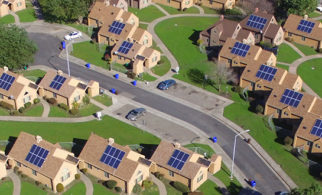District of Columbia
Solar Works DC is a low-income solar installation and job training program spearheaded by the Department of Energy & Environment (DOEE) and the Department of Employment Services (DOES). GRID Alternatives Mid-Atlantic is responsible for implementing the program, preparing participating District residents to enter careers in solar and related industries while reducing energy costs for qualified … Continued
